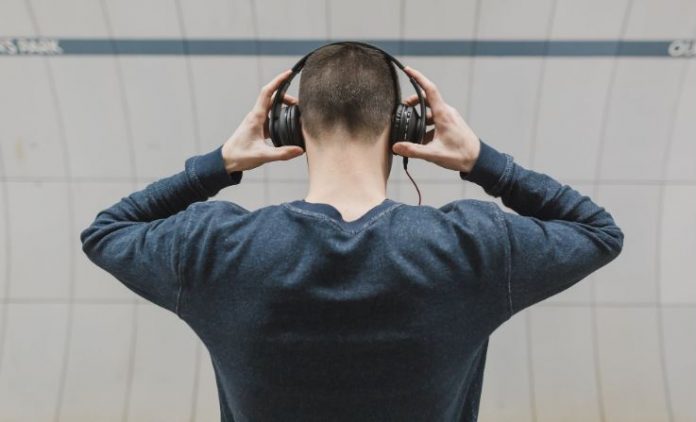Binaural beats are rhythmic or auditory beats that the human brain can hear. Binaural beats are perceived by our brain when two differing low-frequency auditory impulses (below 1,000 HZ) are heard by each ear.
The brain captures the beat by processing the difference between the two auditory impulses.
The Evolutionary Nature of Binaural Beats
Binaural beats are said to be an evolutionary adaptation of man, according to binaural beats discoverer H.W. Dove.
The German experimenter believed that the current human brain structure contributed to man’s ability to perceive binaural beats.
Audio frequencies below 1000 HZ, when heard by both ears, curve around the skull and the brain detects or hears that they are out of sync with each other.
For example, the right ear hears a tone or pulse at 530 HZ while the right ear hears another tone or pulse at a lower frequency, say 520 HZ. The auditory brainstem will process these sounds and will try to mesh them in.
But when it detects that the tones are of two different frequencies, it will respond by acknowledging the presence of the 10 HZ difference as a third frequency, the binaural beat.
Effect of Binaural Beats on Neural Rhythm
The brain hears the binaural beat only when the difference of two auditory impulses is from 1 to 30 HZ.
Consequently, brain wave patterns are also within these frequencies: Beta waves or the waking and conscious stage at 13-40 Hz, Alpha waves, the deep relaxation stage, at 7-12 Hz, Theta waves, the meditative state, at 4-7 Hz, and the Delta waves, the deep sleep mode, at 1-4 Hz.
For most scientists and neurologists, it is not a happenstance that binaural beats and brain waves are of the same range.
EEG or electroencephalographs reveal that binaural beats create a frequency-following response, meaning the brain responds to binaural beats by following through the beats frequency level.
Let’s say the binaural beats are at 12 Hz. When the brain hears this, it will catch up or synchronize its rhythm to the beat, and thus will produce Alpha waves which are at 7-12 Hz.
With these findings, it has been theorized that binaural beats can be created by embedding these beats in music.
If a person hears audio with embedded binaural beats at Theta waves levels, he or she could achieve the meditative state of Buddhist monks, while maintaining awareness or consciousness in the entire process.
This activity is also called by some as brain wave entrainment, following the basic principle of entrainment in physics. In elementary physics, entrainment is explained through the two tuning fork experiment.
When fork A is struck to oscillate at a certain frequency, for example at 500 Hz, fork B, which is placed right beside or near fork A, will be entrained and thus catches fork A frequency and oscillate as well at 500 Hz.
Brain wave entrainment, using audio embedded with low-frequency binaural beats, can induce deep relaxation and may be able to aid people with sleeping problems, eating disorders, phobias, pain management, and other stress-related problems.
Some even believe that entrainment may be the answer to achieving an altered state of consciousness, enhanced intuition, out-of-body experience, and other paranormal or psychical experiences.

